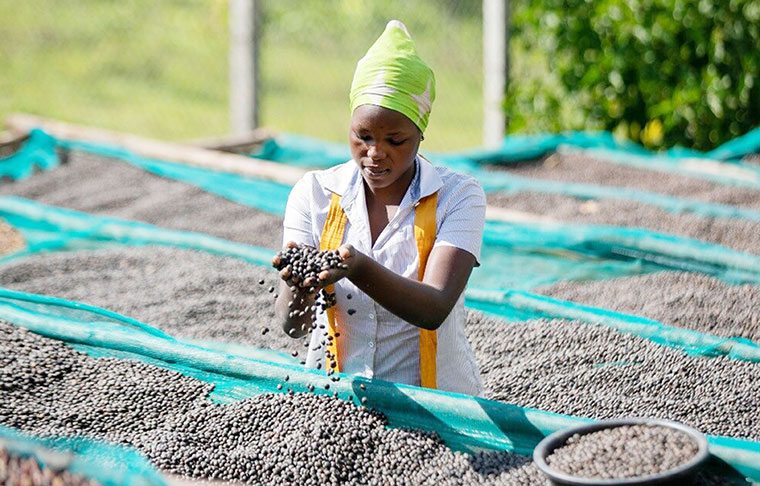
Uganda plans to increase the value of its processed agricultural exports to $20 billion annually by the year 2040, an ambitious target that is five times higher than the current level.
The Minister of State for Planning, Amos Lugoloobi said the government has launched the Economic and Commercial Diplomacy Strategy to help foreign missions collect market information and attract investors to support efforts of growing the value of processed agricultural exports.
Some of the processed agricultural products that Uganda is looking at include beef, dairy products, coffee, among others. Lugoloobi also said Uganda has received a $96 million loan under the INVITE Project, a $104 million grant, and an $18 million contribution through a Multi Donor Trust Fund to help expand exports of manufactured products.
Lugoloobi made these remarks recently at the Golf Course Hotel in Kampala, where government officials, private sector players, and development partners met for the 16th National Competitiveness Forum 2025, according to a press statement.
The annual event brings together key actors from both sectors to discuss how Uganda can become more competitive and strengthen its economy. This year’s forum focused on how Uganda can grow its food processing and animal feeds sector by making the most of regional trade opportunities.
While the ministry intends to introduce different strategies to meet its $20 billion target by 2040, there is little evidence to show that it can pull this off. Currently, many farmers are struggling with different challenges that limit their production. For example, many farmers lack access to cheaper loans due to the perceived risk that banks attach to agriculture.
Those banks that are willing to take a chance on farmers usually charge high interest rates, which many farmers find to be exorbitant. While there have been efforts to mitigate the high interest rates, such as insurance companies coming in to offer cover, cheaper loans remain scarce.
Farmers need cheap loans to buy machinery for the processed products and hire skilled labour to man the machines. The lack of cheaper financing is limiting this. There is also the challenge of poor infrastructure in terms of available electricity and better transport networks.
Moving the products from the rural areas to the urban centres remains a challenge due to the bad roads, especially in the rainy season. Experts say that until government resolves these bottlenecks, the idea of generating $20 billion from processed agricultural products by 2040 will remain a pipe dream.
Minister Lugoloobi said they had a lot of work to do to meet their goal. He expressed concern about Uganda’s trade imbalance in animal feeds. He noted that the country exports only 3,144 tonnes of compounded animal feed worth $1 million, yet it imports 136,878 tonnes valued at $52 million.
He said this calls for a quick implementation of import replacement and export promotion strategies. Lugoloobi emphasized the need for more investment in high quality processing to ensure product standardization and proper packaging that will help Ugandan food and feeds compete in regional markets.
Still, government officials remain confident that they can meet their target. Lugoloobi noted the importance of market intelligence, explaining that exporters need to understand demand, trade routes, and regulations in order to grow.
Patrick Ocailap, the deputy secretary to the Treasury, said Uganda has great potential in the animal feeds industry because it already produces many raw materials such as maize, soybeans, sunflower, cassava, and fish meal.
He said government’s Parish Development Model, which supports farmers across the country, is a timely intervention in supporting agriculture. As of October 2025, he noted, government had disbursed Shs 3.2 trillion to more than 3.2 million beneficiaries, funding enterprises like piggery, poultry, coffee, maize, goats, and cassava.
He said this has boosted production and created opportunities for value addition by linking smallholder farmers to processors and markets. Ocailap also said that rising incomes, urbanization, and a growing middle class across Africa are increasing demand for processed foods and animal proteins, and that by 2040, this demand is expected to rise seven times.
Ocailap noted that Uganda already exports 58 percent of its products to Africa, with over half of its animal feeds going to regional markets. He said the African Continental Free Trade Area gives Uganda access to a market of about 1.4 billion people with a combined GDP of more than three trillion dollars, creating even more opportunities for local producers.
shammahmukuza@gmail.com



